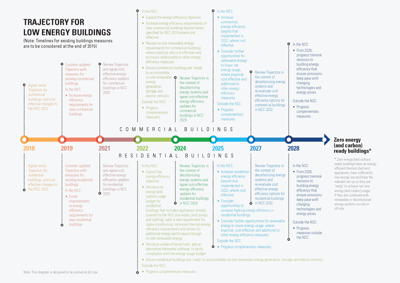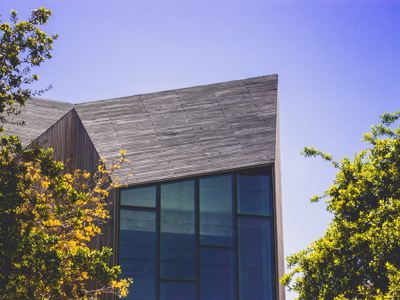Achieving NCC 2022 Energy Performance Requirements

In understanding the new provisions of NCC 2022, pertaining to energy performance requirements in certain types of buildings, we have identified several low-hanging fruits. These techniques should be applied in principle at the early design stages to avoid costly revisions and delays in receiving occupancy certificates.
The construction industry stands at a pivotal juncture with increased energy performance requirements introduced and in effect with the NCC 2022, rolling out from October 2023.
As engineers we hold a crucial role in reshaping the built environment to align with sustainability goals, and more importantly, assist our partners to run a smooth project in compliance with the new code. We have had several internal discussions to identify some easy-to-adopt strategies for projects.
One of the fundamental rule-of-thumb principles for targeting compliance for energy-efficient design involves optimising the window-to-wall ratio below the threshold of 40%. By limiting the extent of glazing, and/or using double or triple glazing, projects can minimise heat loss during winter and heat gain during summer, thereby reducing reliance on mechanical heating and cooling systems.
Another low-hanging fruit is addressing thermal bridging. Paying attention to detailing thermally broken structural elements helps minimise heat transfer, enhancing overall building performance and comfort. Where there are balconies it is essential to thermally break the floor slab between the interior and exterior. Without this consideration these architectural features can significantly compromise the overall insulation of a building. Emphasising the testing of different design forms during the early stages enables engineers to identify the optimal configuration that maximises energy performance while meeting functional and aesthetic requirements.
A comprehensive solar exposure analysis is critical to harnessing the power of sunlight effectively. By understanding the sun's path throughout the day and seasons, our engineers can advise on strategically positioning buildings to benefit from solar gain in winter and mitigate excessive solar heat gain in summer.
Meanwhile, integrating shading devices, such as vertical fins on east and west facades, and horizontal overhangs on the north side, allows for passive solar control, minimising the need for artificial cooling and heating.
Finally, the choice of external surface finishes plays a vital role in energy efficiency. By avoiding dark external surfaces, solar absorption can be reduced as can the subsequent heat gain. Instead, lighter colours reflect a larger portion of solar radiation, enhancing the overall thermal performance of the building. Furthermore, by adopting light internal surfaces, you can optimise the natural daylight, reducing the dependence on artificial lighting systems and enhancing the wellbeing of occupants.
Our engineers work every day with partner architects embracing similar principles to deliver projects compliant with the new code in the most feasible way to avoid costly revisions that would delay receiving occupancy certificates.
Image from the energy.gov.au Trajectory for Low Energy Buildings
Photo by Ussama Azam on Unsplash
Latest News, Resources & Media

Meet Bruce Skipp

Building a Better Proposal: What Sets Winning Bids Apart

Building-Integrated Photovoltaics

2025 Biophilic Design Awards

Circular Transition Indicators for the Built Environment

ClarkeHopkinsClarke’s Sustainability Series




